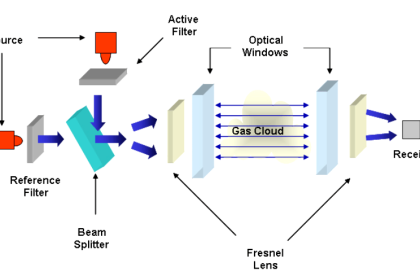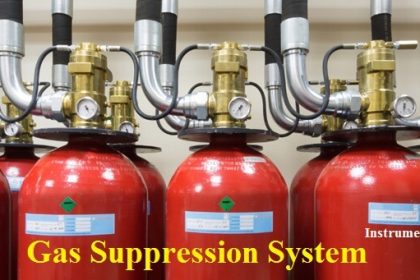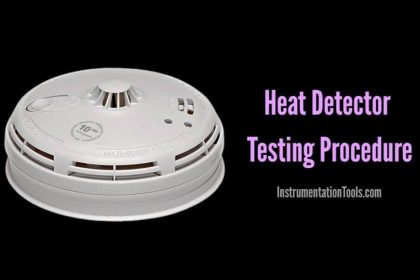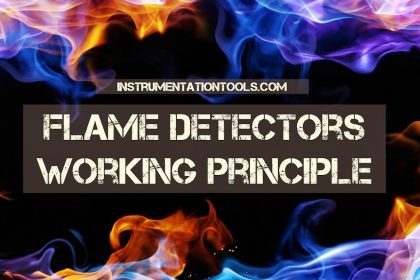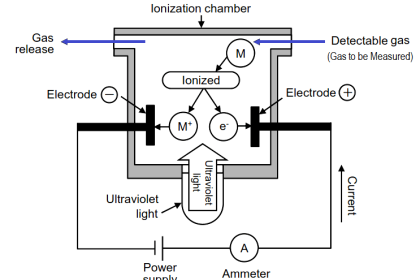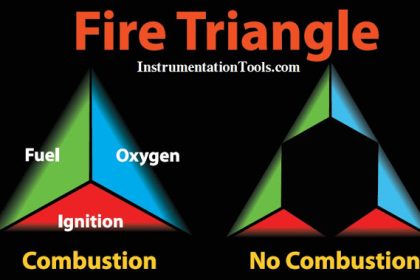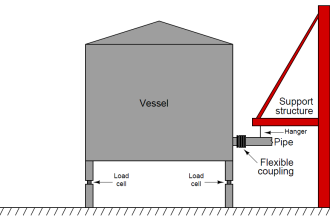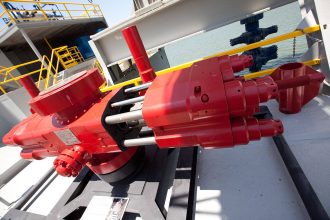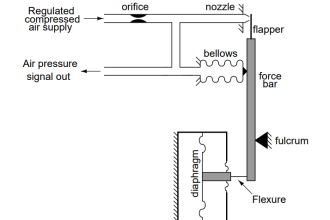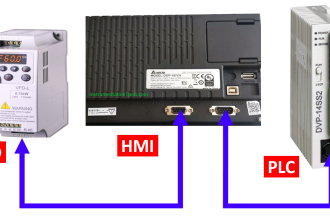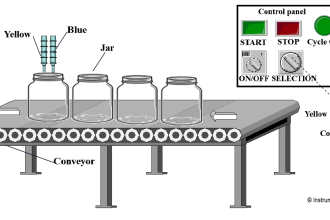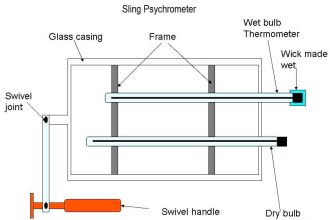In an industrial environment, workers deal with gases around. These can be hazardous or non-hazardous. Most of them do not know the safety limits of working with these gaseous elements. One of them is inflammability.
A gas tends to catch fire at certain properties or proportions. Not everyone can interpret, study, and take care of it, as it is complex. But usually, it is recommended for engineers and other higher-level operators to take care of that so that they can train the workers accordingly.
If not, then any untoward incident can happen in the industry. Two of the parameters related to inflammability are the lower explosive limit (LEL) and upper explosive limit (UEL). In this post, we will see the concept of a lower explosive limit.
What is an Explosive Limit?
First of all, let us understand what an explosive limit is. When a gas is present in the air, it can either become combustible or remain normal. To become combustible, it must have some proportion in the air. This proportion is called the explosive limit.
For example, a gas can have an explosive range of 5-60%. This means that if the gas is present in such proportion in the air, then it will catch fire. If it goes below or above the range, then it will not catch fire. This explosive limit determines the safety parameters of the plant which needs to be followed within.
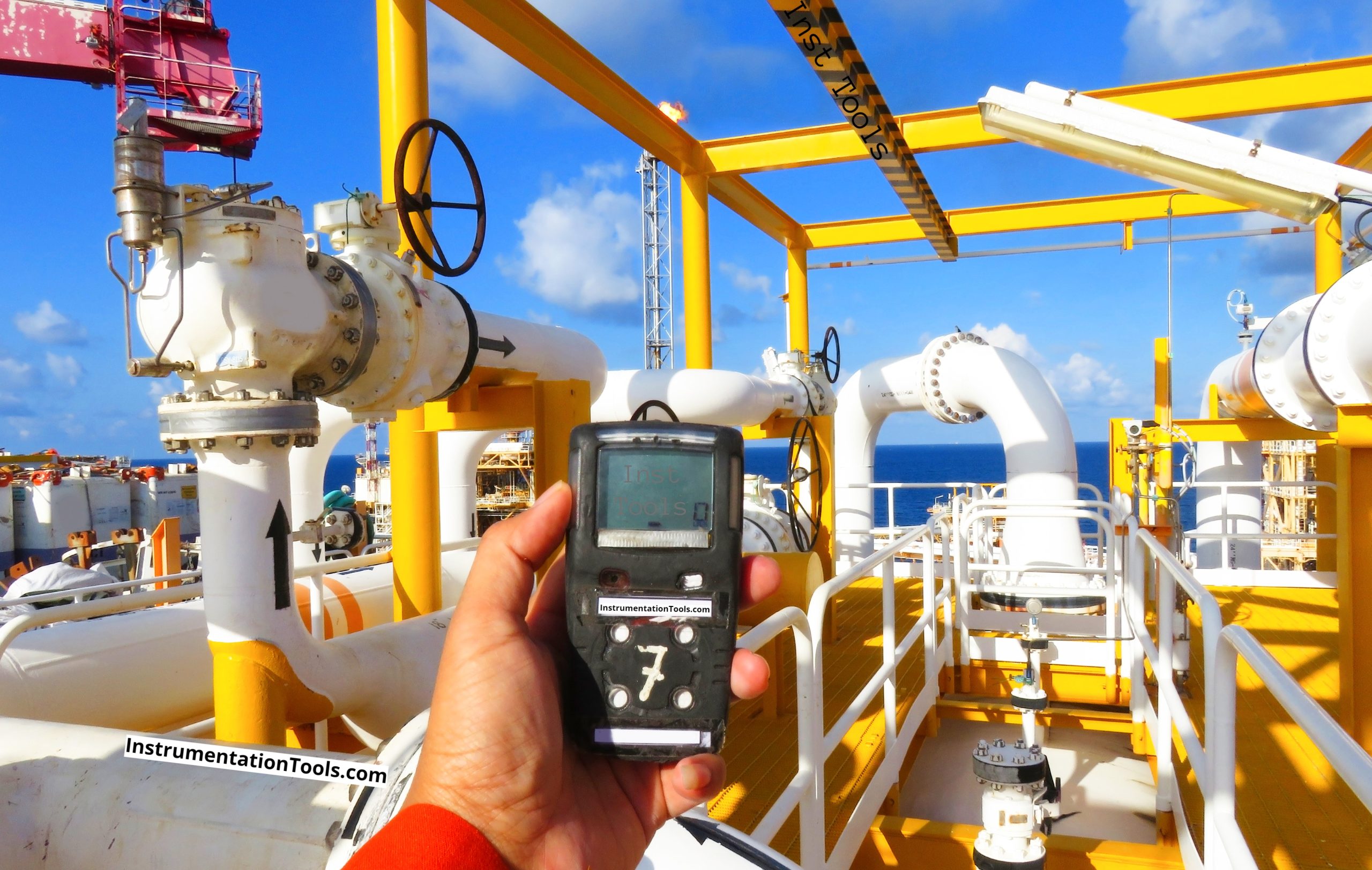
Lower Explosive Limit (LEL)
In the discussion earlier, it will be clear now what the lower explosive limit is. LEL is the minimum limit of concentration for a gas to be required in the air, to start igniting when it is given a fire source.
Below this limit, the gas will be too weak to start combustion. This limit varies for various gases and it depends on their properties. If it is required in a plant that the gas does not catch fire at minimum concentration, then this level must be maintained. Otherwise, if it goes above this, then it will catch fire if ignited. For this, mostly gas detectors and analyzers are used to measure the current concentration of the gas.
It is to be noted that these levels are mentioned in the safety data sheet of the gas. There, you can check it in its physical and chemical properties.
How to determine the LEL for a given gas in the air?
Calculating LEL is rather simple. You just need to know the volume of the gas. For example, it is found that 5% of the volume in the air of a particular gas will be LEL. So, to determine the LEL percentage, just divide 5% by 100% volume.
Suppose the 100% volume is 10%. So, divide 5 by 10, and the result is 50%. This means the LEL of that gas is 50%. So, if the gas is 50% occupied in the air, then it will catch fire if ignited.
How to control flammable vapors and gases?
Now that we know how important LEL is, we should know how to minimize the effect of the gas before it reaches LEL for ignition. We should properly place chemical or gas storage tanks in confined areas.
Basically, it should not be first of all within the reach of all employees. The staff must be properly trained by concerned persons on the effects of the gas, how it can catch fire, and how it should not be allowed to cross the limit of LEL. After this, it is recommended that only this trained staff be allowed to handle the gas and chemicals.
When working with gas like blowing, transferring, storing, mixing, or pumping, the staff must be well versed with the safety hazards and should strictly follow the training given to them to ensure that LEL is not crossed.
Also, as soon as it is found that LEL has been crossed, it must be ensured that the gas is given a safe discharge path outside the reach of personnel and the factory so that it does not get in contact with anyone. Also, due to this, the LEL gets reduced properly.
The storage containers must have a proper ventilation system for the gases to be removed properly. If there are any leakages, broken seals, or other issues, then the ventilation will not work properly. The most basic thing that I mostly forget while taking care is cleaning.
When cleaning or washing storage tanks, it must be ensured that the water does not touch any delicate or critical parts. There are many safety washing techniques to be followed so that any untoward leakage does not happen and LEL is not crossed.
If you liked this article, then please subscribe to our YouTube Channel for Instrumentation, Electrical, PLC, and SCADA video tutorials.
You can also follow us on Facebook and Twitter to receive daily updates.
Read Next:
- What is the Upper Explosive Limit?
- Why is LEL important in Gas Detection?
- Troubleshooting PLC Automation Systems
- LEL vs Percent By Volume vs Parts Per Million
- Hydrocarbon Gas Detector Calibration Procedure
